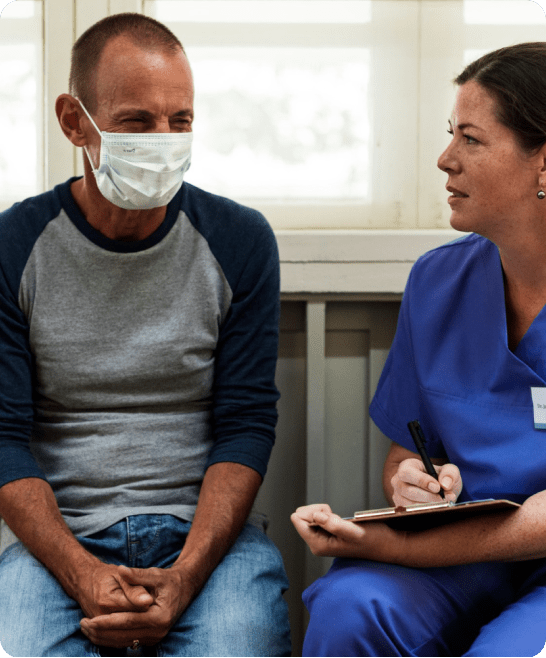Signs of Cocaine Use & Dependency
Sudden Surges of Energy
Feeling unstoppable, hyperactive, or overly social for short periods, often followed by a crash.
Physical Red Flags
Frequent nosebleeds, rapid weight loss, jaw tension, or constant sniffing may signal regular use.
Using More Often Than Planned
Struggling to cut back or slipping into daily use, even after trying to stop.
Chaotic Behavior Changes
Secretive spending, risky choices, or unstable finances tied to sourcing or hiding drug use.
Emotional Crashes Between Highs
After the buzz fades, experiencing cravings, sadness, or emotional emptiness is common.
Using Other Substances
Relying on alcohol, pills, or sedatives to soften the comedown can create dangerous patterns.



